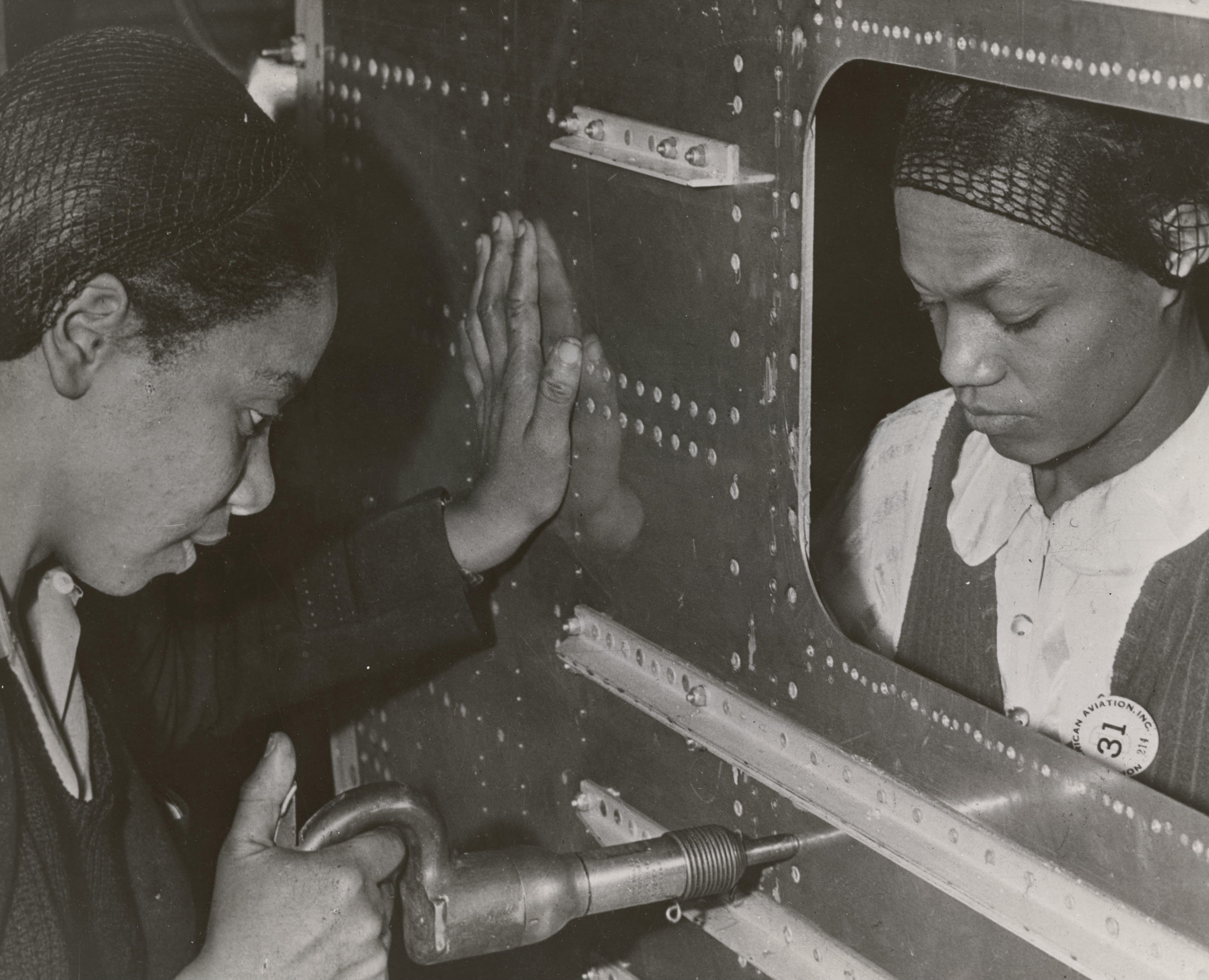




As migrants were in precarious situations that did not afford them the luxury of choice, city planners across the country saw that as an opportunity to cash in on their desperation. The only affordable housing was often concentrated in intentional places and were isolated from white communities; as migrants feared vigilante mobs and hate crime, they considered this othering a form of safety. Limited housing and the increasing migrant population led to severe overcrowding as well as shortages that together, contributed to lower and lower property values. The white, newly real-estate owning class quickly grew paranoid and with the help of redlining, left the increasingly diverse cities for suburbs.